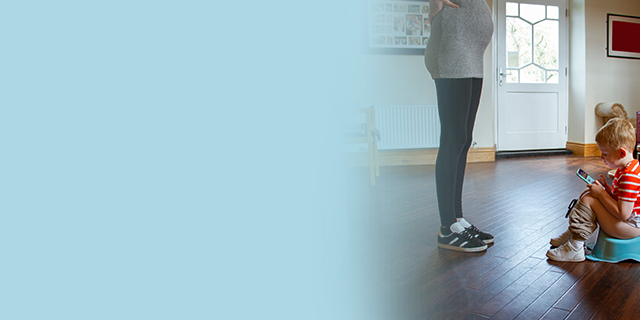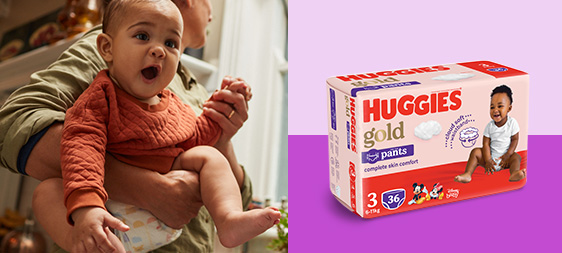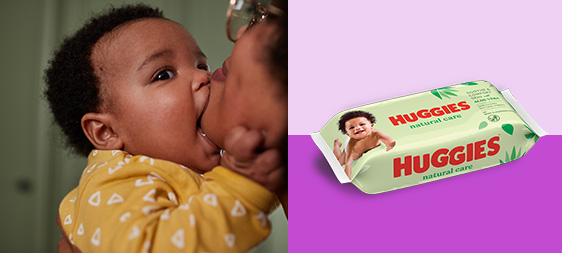Regression is normal! Here’s how to get back on track
It’s one of the most frustrating aspects of toilet training: Your toddler has been in underwear for weeks when suddenly they start having accidents. Your excitement at having successfully completed toilet training gives way to dismay after you face some common toilet training problems.
Robin’s son finished toilet training at age 2 ½ but began having accidents again when the family welcomed a new baby to the family. Robin had heard this could be common, but it was a definite frustration – especially when coupled with the demands of a newborn infant.
Having multiple accidents or refusing to use the toilet after having successfully finished toilet training is called regression. Regression, while frustrating, is a common struggle many parents encounter, and it has a variety of causes. But don’t worry – you can get back on track with training despite a bout of regression.
What Triggers Regression?
Experts say a major reason for regression is the addition of a new brother or sister to the family. The sibling rivalry that ensues motivates the older child to act more like the baby to get the attention that the baby has taken away, back. Attention-getting is frequently the basis for regression, even without the arrival of a new sibling.
Another possible cause for regression could be an infection. A urinary tract infection can make it difficult and painful to control the bladder, so this can manifest as regression.
And while regression can happen for many reasons, it is usually stress-related.
An abrupt change in routine, starting at day care, welcoming a new baby into the home, or any other major life change, will throw the little one’s mind and body out of whack. Having an unpleasant experience using the toilet, such as a painful bowel movement, or being teased or disciplined for an accident at day care also could be the cause.
Some older children don’t want to take a break from playing and end up getting to the potty or toilet too late.
Getting back on track
Get back to the basics in order to get back on track with toilet training. Return to the basics of behaviour modification: clear expectations, clear responses to the expectations being met (rewards, especially attention) and clear responses to the expectations not being met (ignoring the unacceptable behaviour).
Positive reinforcement is key – just remember that negative reinforcement can have a bad effect on your child’s progress.
Positive reinforcement reinforces behaviour, but so does negative reinforcement. If your child suddenly gets lots of attention for accidents or regressing to a diaper, they may become invested in that behaviour. Yes, they would like positive attention, but they will take negative attention over being ignored. For this reason, praise your toddler any time they get back on the potty and return to prior habits.
Even if they don’t ‘go’ in the potty or toilet but just tries, give lots of positive feedback. Do your very best to ignore the negative (bad) behaviour, so that your toddler doesn’t think that it’s an effective way of getting your attention.
Get back on track by sitting them on the potty or toilet during regularly scheduled times as part of your daily routine, every 3 hours or so. You can also try to catch them when they look like they need to use the potty, or remind them to use the potty or toilet when they are playing, and provide lots of positive, purposeful praise during this time of getting back on track.
As for Robin? She focused on giving her son the extra attention he craved and relied on the start of school to motivate him to use the potty. “For school, I put him in his underwear and sweat pants so he can easily take it down to go to the potty,” she says. “He seems empowered now, using the toilet on his own, even at home.”




























